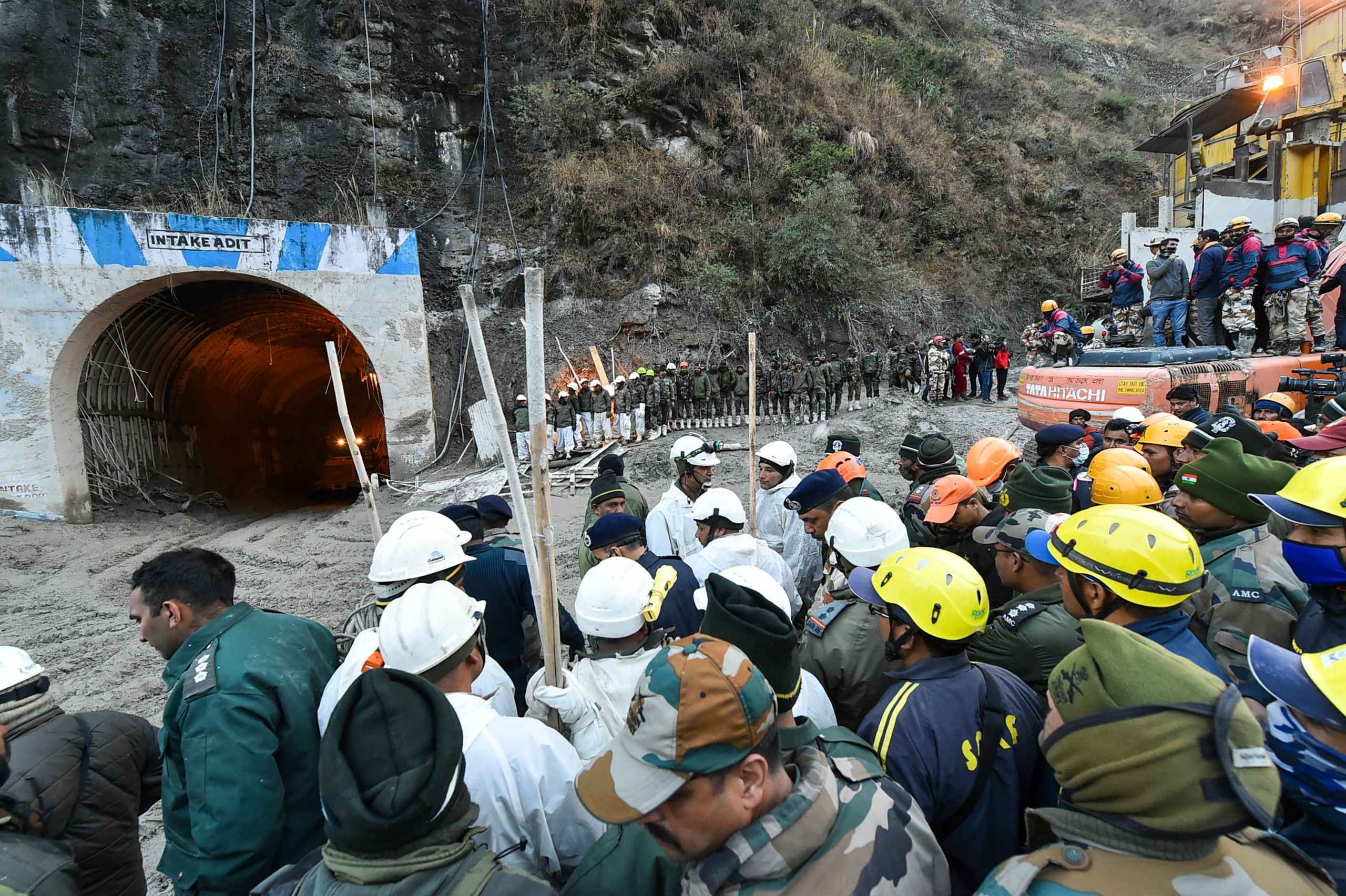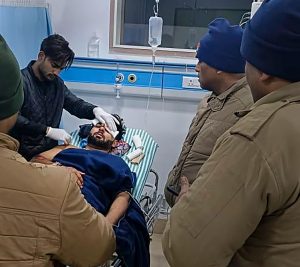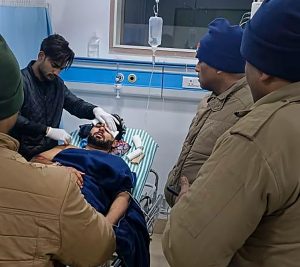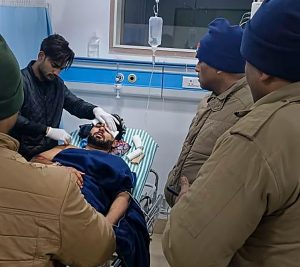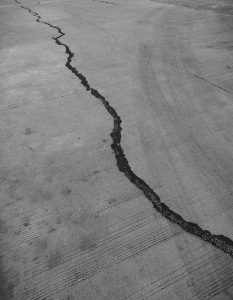Five more bodies were recovered from the site of the glacier disaster in Uttarakhand’s Chamoli district on Tuesday, taking the total death toll to 30, the State Emergency Operation Centre said with an operation to rescue around 30 workers trapped in a tunnel at the Tapovan power project in Chamoli currently underway.
Meanwhile, workers are trapped in a 12-foot-high, 2.5-kilometre-long ‘head race tunnel’.
“Clearing of debris and slush continued the whole night. About 120 metres of the tunnel entrance stretch is now clear. ITBP spokesperson Vivek Kumar Pandey said in Delhi.
“Height of accumulated slush reduced more. ITBP personnel are waiting to enter as soon as any movement deep inside the tunnel is possible,” he added.
Also Read | It was like a Hollywood movie: An Uttarakhand disaster survivor recounts tunnel escape
Another official said that the rescuers have so far not been able to contact those trapped in the tunnel and are hoping for “signs of life”.
According to the latest data from the State Emergency Operation Centr, around 175 people are missing after the disaster on Sunday, caused by a glacier burst.
Helicopters are being used to distribute relief supplies among residents of over a dozen villages cut off after a bridge at Malari was washed away by the avalanche.
Officials said that private and IAF helicopters have distributed around 100 ration kits in the 13 villages with a population of around 2,500.
Earlier today, Uttarakhand Chief Minister Trivendra Singh Rawat conducted an aerial survey of the affected areas and visited the ITBP hospital in Joshimath.
He also met the 12 workers who were rescued from a tunnel in Tapovan on Sunday.
Rawat said the priority was to rescue people from the tunnels and save as many lives as possible.
Additional heavy machines could be pressed into service to expedite the process of clearing tonnes of debris inside the tunnel, blocking the path of rescue personnel.
Also Read | Global warming behind Uttarakhand’s deadly avalanche, believe experts
The clearing of slush and debris is a painstaking exercise but the multi-agency group of rescuers have a strong strength at the spot and they are taking turns to dig in deeper with the help of heavy machines and manual efforts.
Personnel of the Indo-Tibetan Border Police, NDRF, state disaster response force and the Army have been toiling with heavy earth-moving equipment since Sunday night to clear the tunnel and rescue those trapped.
As the temperature dipped to freezing levels, bonfires were lit at multiple locations to keep the rescuers warm.
The site, replete with slush, silt and debris in the aftermath of the flash flood was on Monday visited by Uttarakhand CM Rawat, Director General of Police Ashok Kumar and other senior officials as they made an on-spot assessment.
Also Read | Glacier burst: How a phone call saved their lives, recount survivors
The about 1,500-metre tunnel has become the focal point of rescue operations in this disaster, that appears to have been triggered after a portion of the Nanda Devi glacier possibly burst through its banks in Chamoli district on Sunday, leading to an avalanche and a deluge that ripped through the Alaknanda river system in the upper reaches of the ecologically fragile Himalayas.
While the ITBP has deployed as many as 300 personnel for conducting rescue operations at this site, a strong strength of the NDRF, SDRF and Army personnel is also present here.
The ITBP and other rescuers are carrying tall wooden planks which are being used by rescuers to wade in through the slush and will later also help create a platform to pull out the trapped people using ropes.
Pandey had earlier said these teams are ready with dragon light sets, oxygen cylinders and stretchers to provide immediate medical help to those trapped inside.

